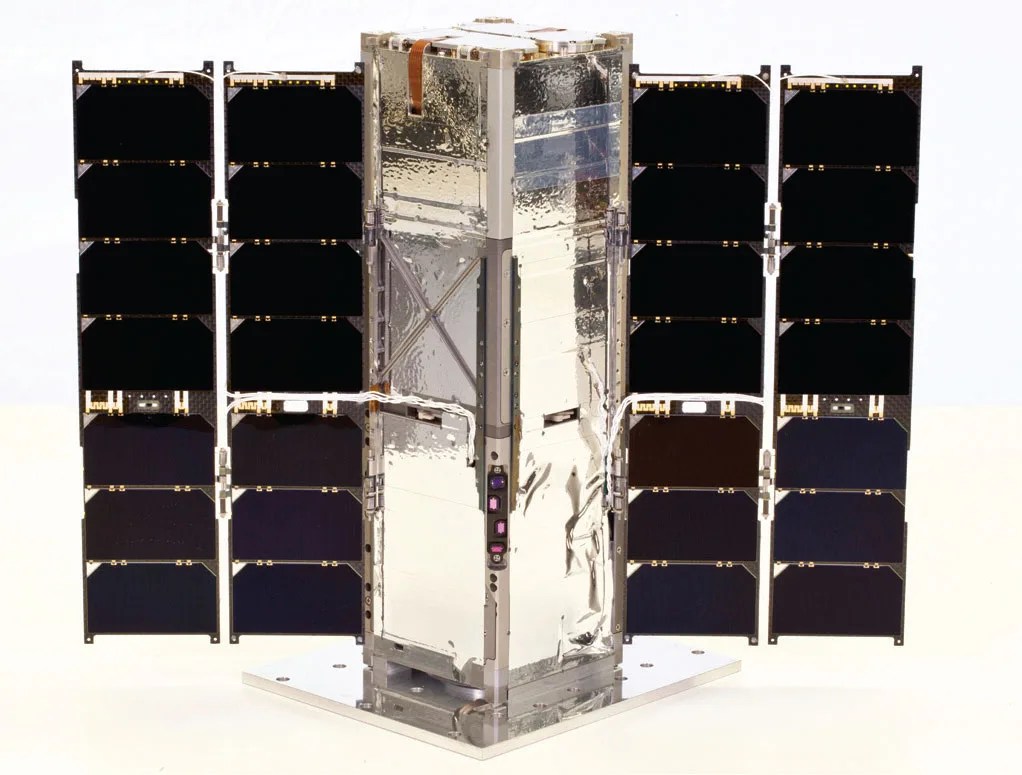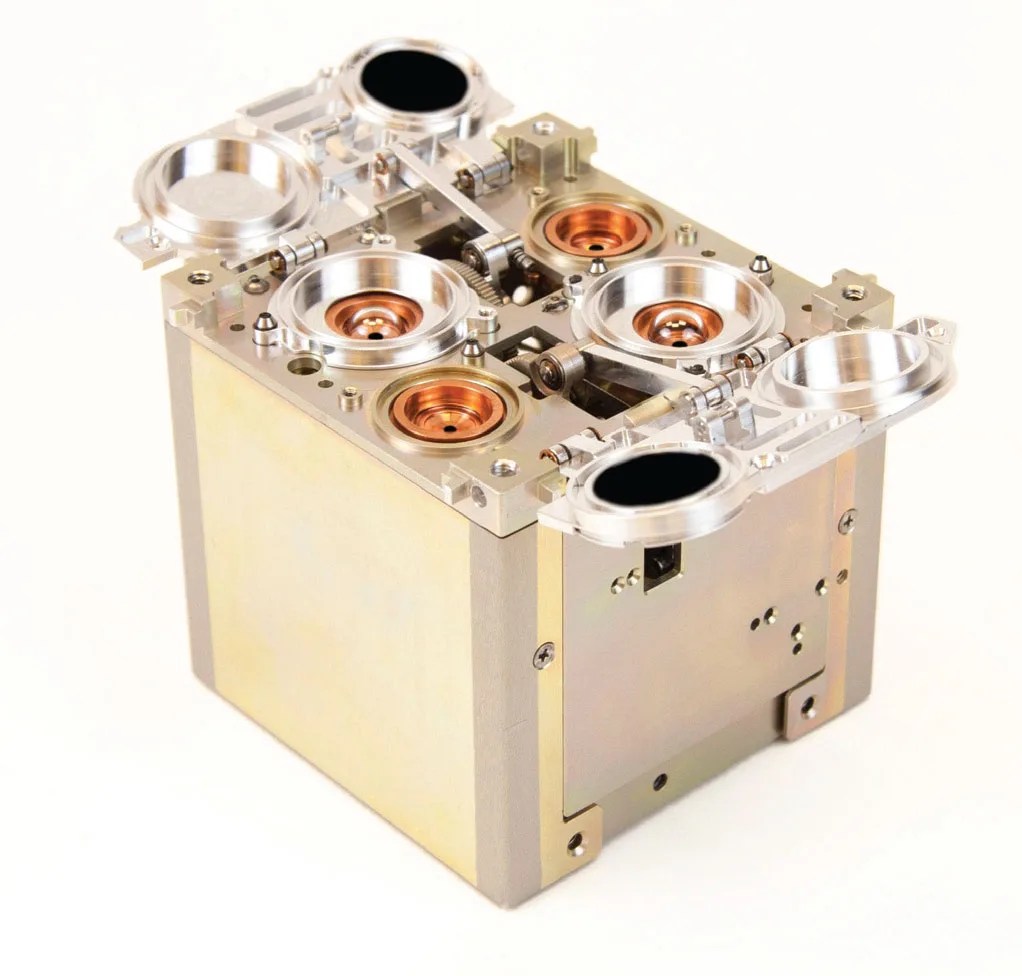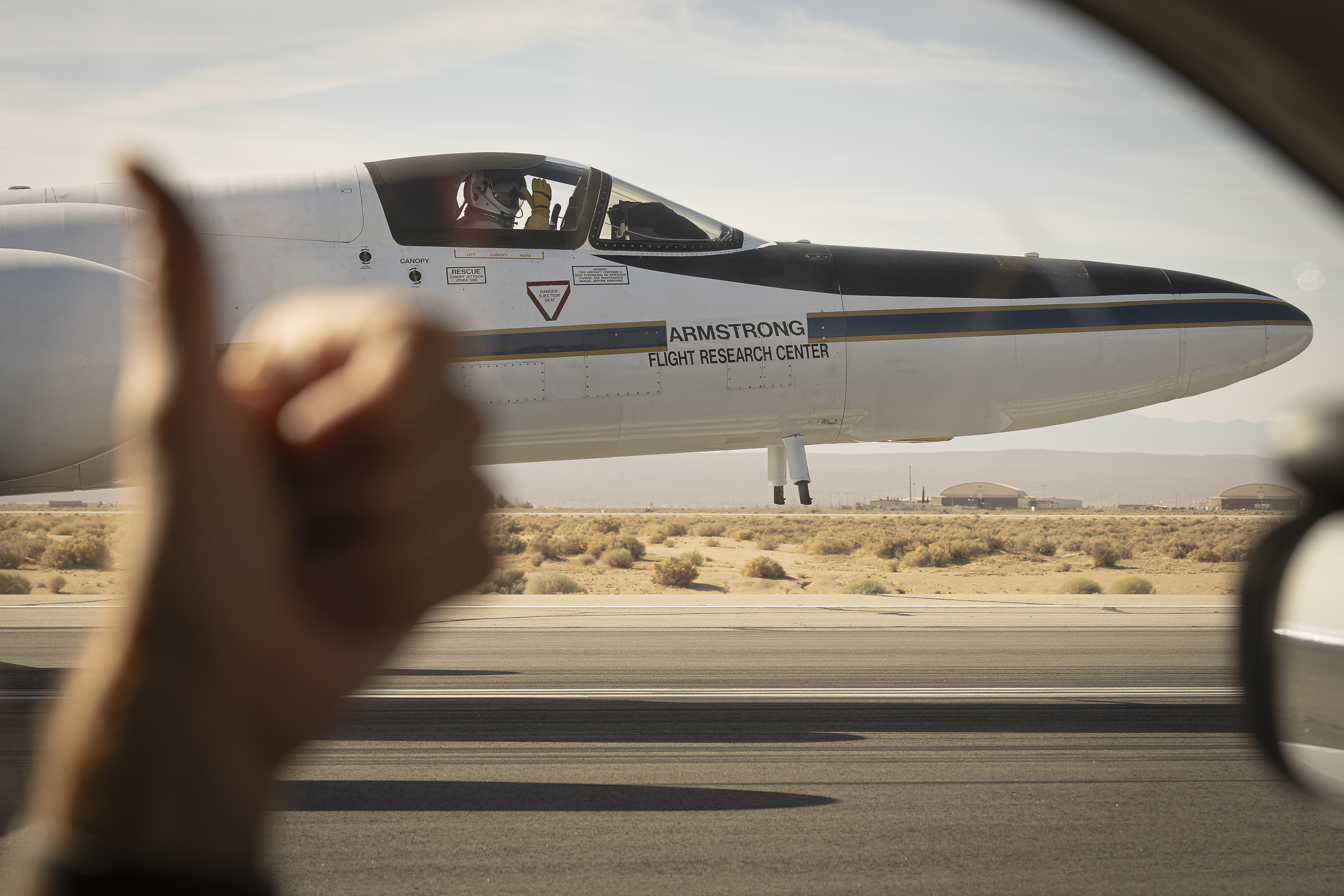Technology Infusion
The Radiometer Assessment using Vertically Aligned Nanotubes (RAVAN) CubeSat has met its goal of validating two new technologies to measure Earth’s radiation imbalance—the difference between the amount of energy from the Sun that reaches Earth and the amount that is reflected and emitted back into space. Launched in November 2016, the 3U CubeSat began taking Earth radiation data on January 25, 2017, and by August 9, the project team had met all mission objectives and declared the demonstration of the new technologies a success.
RAVAN employs two technologies that had never before been used on an orbiting spacecraft: carbon nanotubes that absorb outbound radiation and a gallium phase change blackbody for calibration. Among the blackest known materials, carbon nanotubes absorb virtually all energy across the electromagnetic spectrum. Their absorptive property makes them well suited for accurately measuring the amount of energy reflected and emitted from Earth. Gallium is a metal that melts—or changes phase—around body temperature, making it a consistent reference point. RAVAN’s radiometers measure the amount of energy absorbed by the carbon nanotubes, and the gallium phase change cells monitor the stability of the radiometers.
Interestingly, the solar eclipse on August 21, 2017 gave researchers a unique opportunity to further test an important carbon nanotube attribute: the strong sensitivity to rapidly changing energy outputs. While designed to measure the amount of reflected solar and thermal energy emitted from Earth into space, during the eclipse RAVAN’s highly sensitive nanotubes were trained instead on the Sun to detect changes in the amount of incoming solar energy. Because the researchers knew the CubeSat’s location and the percentage of eclipse it would measure, it was easy for the team to compare the satellite’s data to the known solar irradiance. As the moon passed between Earth and the Sun, RAVAN’s instruments responded rapidly and accurately to measure the diminishing solar energy that was visible to the satellite’s detectors.
RAVAN is currently trained back at Earth and operating well beyond its original six-month mission time frame. The project team continues to monitor the satellite’s instrument performance, perform data analysis, and compare its measurements with existing model simulations of Earth’s outgoing radiation.
Impact
While the RAVAN technology demonstration comprises a single CubeSat, in practice, a future mission could operate many such CubeSats in a constellation. Currently, instruments for measuring Earth’s outgoing energy are housed aboard a few large satellites, and while they have a high spatial resolution, they cannot observe the entire planet simultaneously the way a constellation of CubeSats could. Global measurements of Earth’s radiation would help researchers gain a better understanding of the planet’s changing climate.
Future Plans
RAVAN will continue to operate in 2018, assessing the long-term stability of the radiometer sensors and collecting a larger data set of Earth's outgoing radiation.
Sponsoring Organization: The Earth Science Division’s InVEST program provided the funding for the RAVAN mission. The Principal Investigator is William Swartz at Johns Hopkins Applied Physics Lab.

































